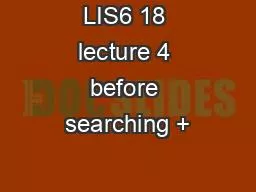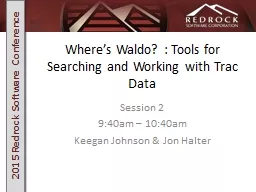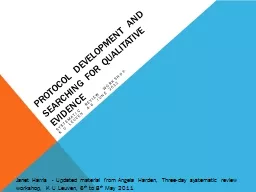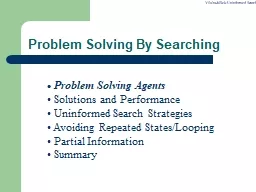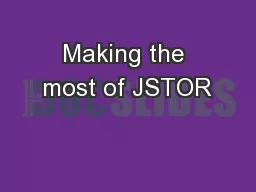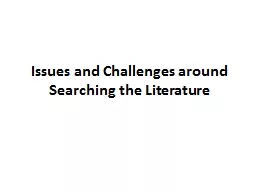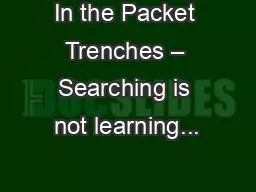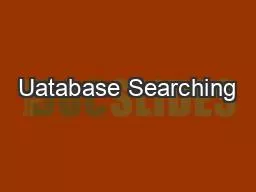PPT-LIS6 18 lecture 4 before searching +
Author : khadtale | Published Date : 2020-06-23
introduction to dialog Thomas Krichel 20111101 structure of talk some generalities about searching Working with DIALOG Overview Search command online information
Presentation Embed Code
Download Presentation
Download Presentation The PPT/PDF document "LIS6 18 lecture 4 before searching +" is the property of its rightful owner. Permission is granted to download and print the materials on this website for personal, non-commercial use only, and to display it on your personal computer provided you do not modify the materials and that you retain all copyright notices contained in the materials. By downloading content from our website, you accept the terms of this agreement.
LIS6 18 lecture 4 before searching +: Transcript
Download Rules Of Document
"LIS6 18 lecture 4 before searching +"The content belongs to its owner. You may download and print it for personal use, without modification, and keep all copyright notices. By downloading, you agree to these terms.
Related Documents

